Find Help
More Items From Ergsy search
-
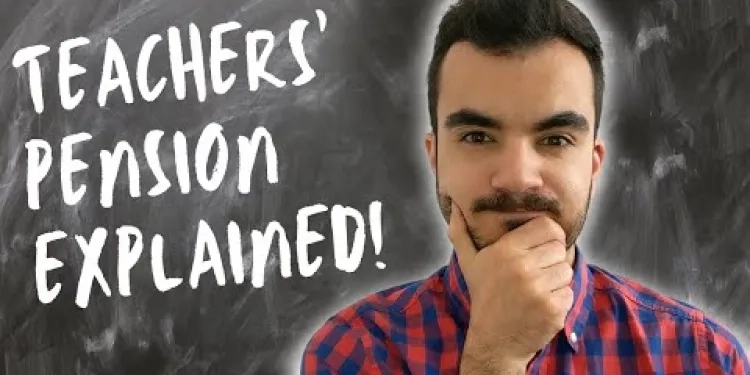
Teachers Pension Explained | All you need to know | Final Salary & Career Average Earnings
Relevance: 100%
-

How is the pension calculated for firefighter schemes?
Relevance: 43%
-

Does the 2015 scheme have the same benefits as the earlier firefighter pension schemes?
Relevance: 38%
-

Are the pension rights different for firefighters who joined before 2006?
Relevance: 33%
-

NHS Pensions | All you need to know
Relevance: 32%
-

What is a defined benefit pension scheme?
Relevance: 31%
-
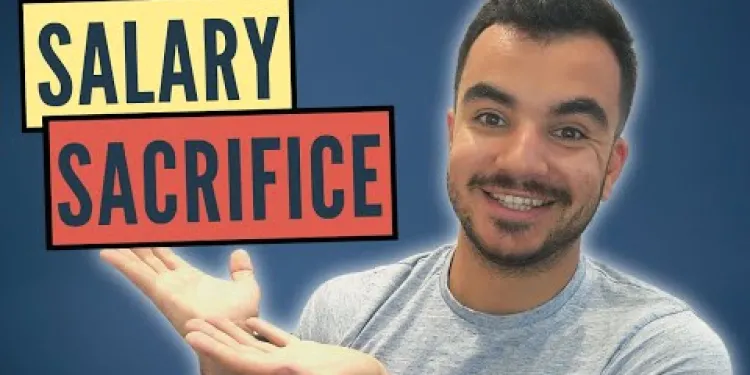
Boost your Take Home Pay | Salary Sacrifice Explained UK
Relevance: 30%
-

Pension rights for Firefighters in the UK
Relevance: 30%
-

What is the normal pension age for firefighters in the UK?
Relevance: 27%
-
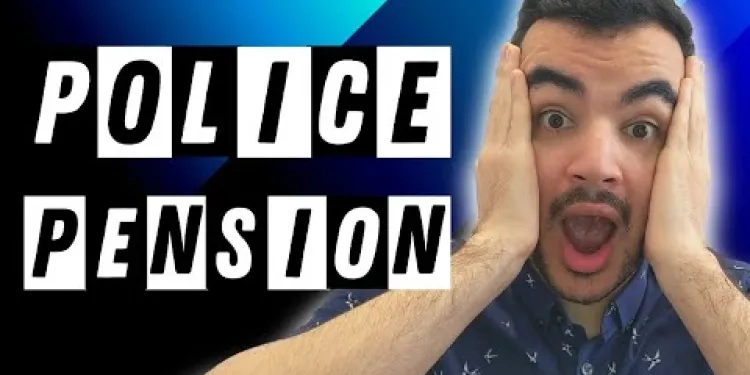
Police Pension Explained
Relevance: 27%
-

Do firefighters have to contribute to their pension schemes?
Relevance: 26%
-

Do all UK firefighters automatically join a pension scheme?
Relevance: 26%
-

NHS Pension - Total Rewards Statement Explained
Relevance: 23%
-
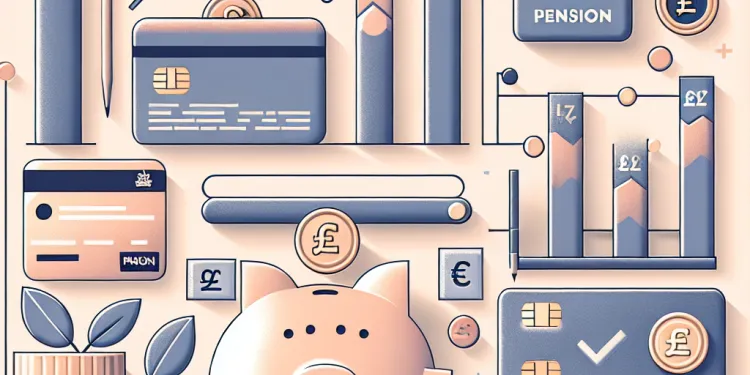
What is a defined contribution pension scheme?
Relevance: 22%
-
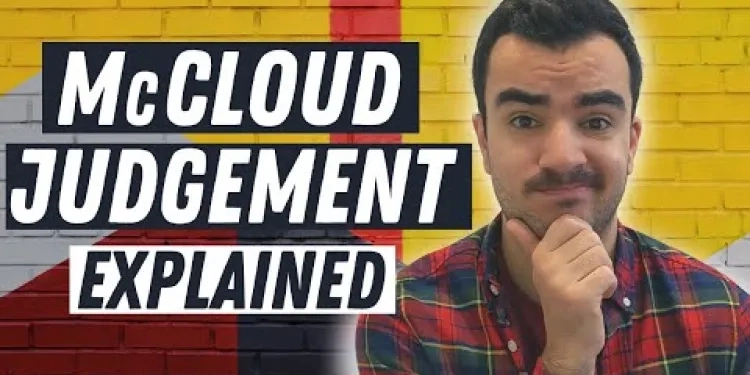
Public Sector Pension Changes | McCloud Judgement | NHS Pensions etc.
Relevance: 22%
-

5 Ways You Can Contribute More To Your NHS Pension!
Relevance: 21%
-
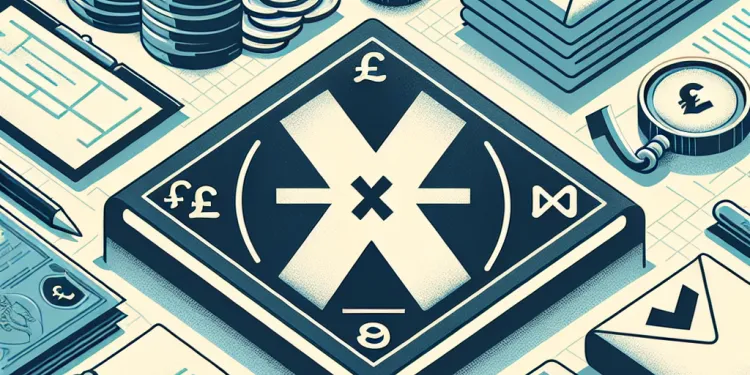
Is it necessary to complete a final tax return for the deceased?
Relevance: 21%
-
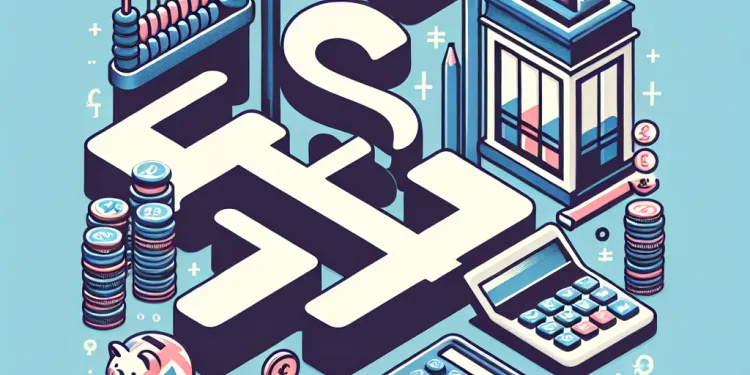
How can I calculate my new earnings based on the National Living Wage increase?
Relevance: 21%
-
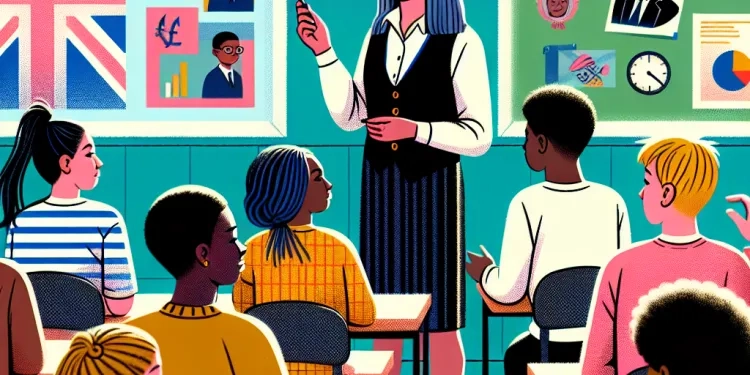
How can teachers support students with ADHD?
Relevance: 20%
-
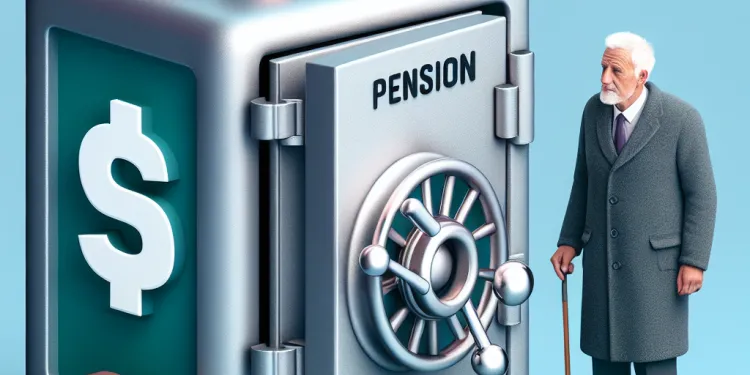
Can pensioners lose all their money if a pension provider fails?
Relevance: 20%
-

Do I pay tax on the basic State Pension?
Relevance: 20%
-
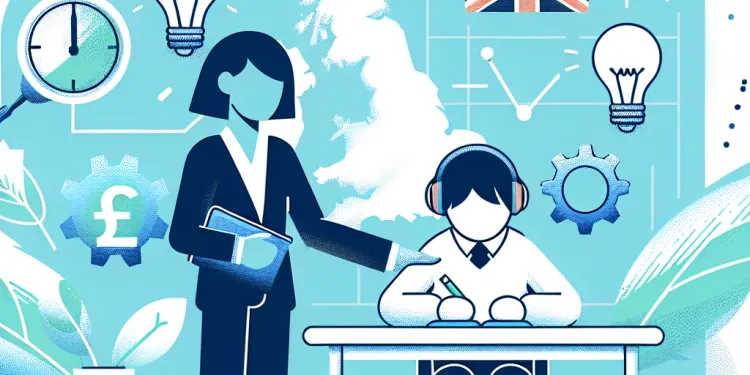
What role do teachers play in supporting SEND children?
Relevance: 20%
-

Is it possible to buy additional pension benefits as a firefighter?
Relevance: 20%
-

NHS Pensions | How to Claim? | Ill Health, Active & Deferred Members
Relevance: 20%
-

How does the National Trust support career development?
Relevance: 19%
-
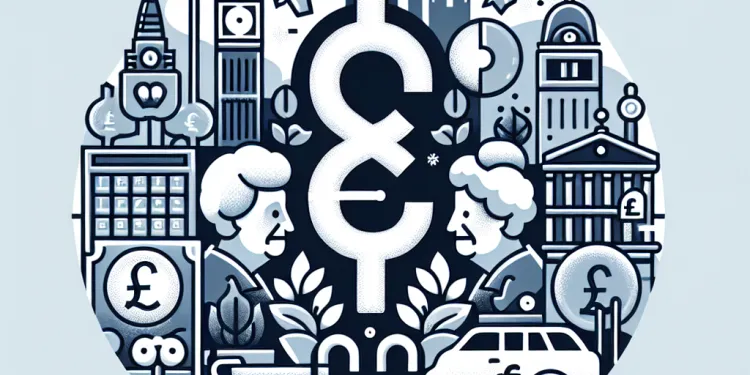
How will the changes in pension age affect retirement planning?
Relevance: 19%
-

Do I earn cashback on all purchases?
Relevance: 19%
-

What is the average cost of a funeral in the UK?
Relevance: 19%
-

What is the average cost of a school meal in the UK?
Relevance: 18%
-

Are firefighter pension benefits adjusted for inflation?
Relevance: 18%
-

What is the average cost of common mobility equipment?
Relevance: 18%
-

What are the career progression opportunities for NHS nurses?
Relevance: 18%
-
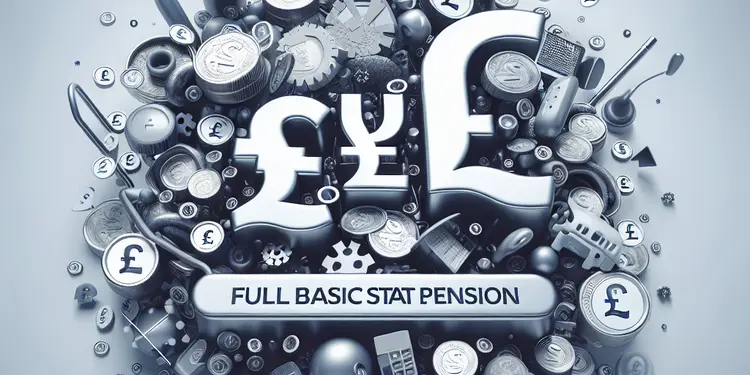
How much is the full basic State Pension per week?
Relevance: 18%
-

Can firefighter pension benefits be divided in a divorce?
Relevance: 18%
-

Will I qualify for the new state pension?
Relevance: 18%
-

How can I maximize my cashback earnings?
Relevance: 18%
-

How can I advance my career as a primary care support worker?
Relevance: 17%
-

Is there a limit on how much cashback I can earn?
Relevance: 17%
-

Workplace Pension UK | Pros and Cons | GET FREE MONEY FROM YOUR EMPLOYER!
Relevance: 17%
-

Is there a pension scheme for retained (part-time) firefighters in the UK?
Relevance: 17%
Teachers' Pension Explained: All You Need to Know
The Teachers' Pension Scheme (TPS) in the United Kingdom is a significant benefit for educators, offering financial security in retirement. Understanding the key components of this scheme is crucial for teachers as they plan their futures. Below, we will break down the main features, focusing on the Final Salary and Career Average Earnings arrangements within the TPS.
Final Salary Scheme
The Final Salary Scheme is one of the former arrangements available to teachers before changes were introduced. Under this scheme, your pension is calculated based on your final salary and the length of your service at the time of retirement. Typically, the 'final salary' refers to the average salary in the best three consecutive years of the last ten years of teaching. This calculation method often benefits those who have had a progressive salary increase throughout their career, as the pension reflects peak earnings.
Career Average Earnings Scheme
The Career Average Earnings Scheme, introduced in 2015, offers a different approach. Instead of basing your pension on your salary near retirement, it is calculated based on your average salary over your career. Each year, a fraction of your salary (1/57th) is added to your pension pot, which is then adjusted for inflation. This method can be more attractive for teachers with varied career paths or for those who might not see significant salary growth late in their careers. It tends to offer a more equitable reflection of your lifetime earnings.
Deciding Factors and Options
When planning for retirement, understanding which scheme you are part of and how it affects your pension is vital. Those who joined the teaching profession after 2015 will automatically be in the Career Average scheme, while those in service before 2015 may have protection for their Final Salary benefits or have transitioned into the newer scheme. Teachers nearing retirement should also consider additional factors such as pensionable age and the possibility of buying extra years or additional pension to enhance their retirement benefits.
Conclusion
Teachers in the UK benefit from the TPS, providing varied retirement options. Whether in the Final Salary or Career Average Earnings scheme, understanding the nuances of these arrangements ensures informed decision-making regarding future financial security. Engaging with pension advisory services can also provide personal guidance tailored to individual career circumstances.
Teachers' Pension Explained: What You Need to Know
If you are a teacher in the UK, the Teachers' Pension Scheme (TPS) can help you when you retire. It helps you have money for your later years. It's important to know how the pension works, so let's look at the main parts. We will talk about two plans: the Final Salary Scheme and the Career Average Earnings Scheme.
Final Salary Scheme
The Final Salary Scheme was used for teachers who started work before 2015. Your pension is based on how much you earned at the end of your career and how long you taught. The 'final salary' is usually the average salary of your best three years during the last ten years of teaching. This is good for teachers whose salary kept going up because their pension will be larger too.
Career Average Earnings Scheme
The Career Average Earnings Scheme started in 2015. This plan looks at your average salary over your whole career, not just the end. Each year, a small part of your salary is added to your pension pot. This amount grows over time with inflation. This plan is good for teachers who may have different jobs or do not see a big salary increase at the end of their careers. It gives a fair view of earnings over your career.
Deciding Factors and Options
When you plan for retirement, it’s important to know which pension scheme you are in and how it affects you. Teachers who started after 2015 are in the Career Average scheme. Those who started before 2015 may stay in the Final Salary scheme or move to the new one. It's important to think about other things too, like when you can retire and if you can buy more pension benefits.
Conclusion
Teachers in the UK can use the TPS to help with retirement plans. Whether you are in the Final Salary or the Career Average scheme, knowing how they work helps you make smart choices for your future. It might also help to talk to pension advisors who can give advice for your unique situation.
Frequently Asked Questions
What is the Teachers' Pension Scheme?
The Teachers' Pension Scheme is a government-backed pension plan for teachers in the UK, providing financial security after retirement.
What types of pension schemes are available within the Teachers' Pension Scheme?
The Teachers' Pension Scheme offers two types of pension plans: the Final Salary scheme and the Career Average Revalued Earnings (CARE) scheme.
How does the Final Salary scheme work?
In the Final Salary scheme, your pension is calculated based on your salary close to retirement and the number of years you've contributed to the scheme.
What is the Career Average Revalued Earnings (CARE) scheme?
The CARE scheme calculates your pension based on your average earnings throughout your career, rather than just your final salary.
How are pension benefits calculated in the CARE scheme?
In the CARE scheme, each year's pension benefits are calculated as a fraction of your earnings for that year and then added together with adjustments for inflation.
Who is eligible to join the Teachers' Pension Scheme?
Qualified teachers in England and Wales, including part-time and supply teachers, are eligible to join the Teachers' Pension Scheme.
When can I start receiving my pension benefits?
You can start receiving your pension benefits at your scheme's Normal Pension Age or earlier with possible reductions for early retirement.
How is my pension affected if I retire early?
If you retire early, your pension benefits may be reduced to account for the longer period over which they will be paid.
What happens to my pension if I change jobs?
Your pension continues to be preserved within the Teachers' Pension Scheme, and you may be able to transfer your benefits to a new employer's scheme.
Can I make additional contributions to increase my pension?
Yes, you can make additional contributions by purchasing Additional Pension or contributing to a separate AVC (Additional Voluntary Contribution) scheme.
How does inflation affect my pension benefits?
Pension benefits are adjusted for inflation based on the Consumer Prices Index (CPI) to maintain their purchasing power over time.
Are there survivor benefits with the Teachers' Pension Scheme?
Yes, the scheme provides benefits for your spouse, civil partner, or nominated beneficiaries in the event of your death.
What is the Normal Pension Age in the Teachers' Pension Scheme?
The Normal Pension Age is the age at which you can receive your pension benefits without reductions, typically linked to the State Pension Age.
How do I apply for my pension benefits?
To apply for your pension benefits, you will need to complete an application form and provide necessary documents. It's advisable to start the process several months before your intended retirement date.
Can I partially retire and continue working while receiving a pension?
Yes, the Teachers' Pension Scheme offers a phased retirement option, allowing you to work part-time and receive a portion of your pension benefits.
What is the Teachers' Pension Scheme?
The Teachers' Pension Scheme helps teachers save money for when they stop working. It's like a special bank account for their old age.
- Teachers put money in this account while they work.
- When they stop working, they can use the money to pay for things they need.
- It's like saving for a long holiday.
If you need help understanding this, you can:
- Ask a teacher or a grown-up to explain it to you.
- Draw pictures to help you understand.
- Use simple words to talk about it with friends or family.
The Teachers' Pension Scheme is a plan to help teachers with money when they stop working. It is supported by the UK government.
What kinds of pension plans can teachers choose from?
Teachers can pick from different pension plans. A pension plan helps you save money for when you stop working.
Here are some types of plans you might find:
- Final Salary Scheme: This plan gives you a pension based on your salary at the end of your job.
- Career Average Scheme: This plan gives you a pension based on your average salary over your career.
If you need help, you can:
- Ask someone to explain the plans to you.
- Use pictures to understand the plans better.
- Use a calculator to see how much money you might get.
These tools can help you choose the best plan for you.
The Teachers' Pension Plan has two types of plans: the Final Salary plan and the Career Average plan.
How does the Final Salary scheme work?
The Final Salary scheme is a way to save money for when you stop working, called a pension.
In this scheme, your pension is based on your salary and how long you worked for your employer.
Your pension is calculated like this:
- Final Salary: This is how much money you earned in your last job before you retired.
- Years Worked: This is how many years you worked at your job.
If you want help understanding how this works, you can ask someone you trust. They might draw a picture or use coins to show you.
In the Final Salary plan, your pension money depends on how much you earned just before you retired and how long you have been in the plan.
What is the Career Average Revalued Earnings (CARE) scheme?
The CARE scheme is a type of pension plan for when you get older.
It looks at the money you earn every year. Then, it works out how much pension you should get based on your average earnings.
This means your pension is based on the average of what you earn over your career, not just the last salary you had.
To help you understand more, you can use:
- A calculator to see how much pension you might get.
- Talk to someone who knows about pensions.
- Look up simple guides about pensions online.
The CARE plan works out your pension by looking at how much you earn, on average, over all your working years. It doesn't just use what you earn in the last year of work.
How do you work out pension benefits in the CARE scheme?
The CARE scheme is a way to save for your retirement.
Every year you work, you earn a bit of money for your retirement. This money is called a "pension benefit."
The amount you earn depends on how much you are paid each year.
In CARE, your pension benefits are added up each year. Then, when you are ready to retire, the total is used to give you money regularly.
To help you understand or work this out, you can use tools like a calculator or ask someone to help you.
In the CARE plan, each year your pension grows based on a part of what you earn that year. All these parts are added together and adjusted for inflation.
Who can join the Teachers' Pension Plan?
If you are a teacher, you might be able to join the Teachers' Pension Plan.
Check these things to see if you can join:
- You work at a school or college.
- You teach as your main job.
- You live in England or Wales.
If you need help, you can:
- Ask a friend or family member to explain this to you.
- Talk to your boss or manager at work.
- Visit the Teachers' Pension website for more help.
Teachers in England and Wales can join the Teachers’ Pension Scheme. This includes teachers who work part-time or as supply teachers.
When can I get my pension money?
You can start getting your pension money when you reach a certain age. This age is usually between 60 and 67 years old, but it can depend on where you live and the type of pension plan you have.
It’s a good idea to ask someone who knows about pensions, like a financial advisor, to find out more about your pension.
You could also use a calendar to keep track of important dates or reminders on your phone to remember when you can start getting your pension.
You can start getting your pension money when you reach the Normal Pension Age set by your plan. You might also get it earlier, but the amount could be less.
What happens to my pension if I stop working early?
If you stop working early, the money you get from your pension might be less. This is because it has to last for a longer time.
What happens to my pension if I change jobs?
If you get a new job, you might wonder about your pension. Your pension is the money you save for when you stop working. Here is what you can do:
- Check if you can move your old pension money to your new job’s pension.
- Keep your old pension where it is, and start a new one at your new job.
- Talk to your new job about their pension. They can help you understand your choices.
Tools that can help:
- Ask someone to explain your pension. It could be a friend, a family member, or a money helper at work.
- Use simple charts or drawings to see how your pension works.
- Look for easy videos online that talk about moving pensions.
It is important to know where your money is and what it can do for you when you change jobs.
Your pension is kept safe in the Teachers' Pension Scheme. You might be able to move it to a new job's pension scheme.
Can I add more money to my pension?
Yes, you can put extra money into your pension to make it bigger.
Here are some tips to help you:
- Ask someone you trust for help, like a family member or a friend.
- Use simple calculators online to see how extra money can help your pension grow.
- Keep track of how much money you add and ask for advice if you're unsure.
Yes, you can put in more money. You can do this by buying more pension or adding money to a special AVC plan. AVC means Additional Voluntary Contribution, which is like extra money you choose to save for later.
How does rising prices change my pension money?
Here's how it works:
- Inflation means prices of things go up.
- When prices go up, money buys less stuff.
- This can mean your pension might not buy as much as before.
Tips to help:
- Talk to someone who knows about pensions for advice.
- Use a calculator tool to see how prices might change your pension.
- Look for pension plans that adjust for rising prices.
Pension money changes to match how prices go up. This way, it buys the same things every year. We use a measure called the Consumer Prices Index (CPI) to check how much more things cost.
Can a family get money if a teacher dies?
Yes, the plan gives help to your husband, wife, or chosen loved ones if you pass away.
How Old Do Teachers Need to Be to Get Their Pension?
This is about when teachers in the Teachers' Pension Scheme can start getting their pension money.
It's important to know the rules about age for getting a pension as a teacher.
If it's hard to read, you can ask someone to explain it to you.
The Normal Pension Age is the age when you can start getting your pension money without any cuts. It is usually the same as the State Pension Age.
How do I get my pension money?
It's simple to ask for your pension money. Follow these steps:
- Check your age: Make sure you are old enough to get your pension.
- Fill out a form: You need to complete a special form. You can ask someone to help you with this if you find forms tricky.
- Send your form: Post or email the form to the pension office.
Here are some things that can help you:
- Ask a friend: A friend or family member can help you understand the form.
- Use a magnifier: A magnifying tool can help make words bigger if you have difficulty reading.
- Online videos: Look for videos online about how to apply for a pension. They can show you what to do.
To get your pension money, you need to fill out a form and give some important papers. It’s a good idea to start doing this a few months before you want to stop working.
Can I work part-time and still get my pension?
Yes, the Teachers' Pension Scheme lets you start a phased retirement. This means you can work part-time and still get some of your pension money.
Useful Links
- Ergsy carfully checks the information in the videos we provide here.
- Videos shown by Youtube after a video has completed, have NOT been reviewed by ERGSY.
- To view, click the arrow in centre of video.
- Most of the videos you find here will have subtitles and/or closed captions available.
- You may need to turn these on, and choose your preferred language.
- Go to the video you'd like to watch.
- If closed captions (CC) are available, settings will be visible on the bottom right of the video player.
- To turn on Captions, click settings .
- To turn off Captions, click settings again.
More Items From Ergsy search
-

Teachers Pension Explained | All you need to know | Final Salary & Career Average Earnings
Relevance: 100%
-

How is the pension calculated for firefighter schemes?
Relevance: 43%
-

Does the 2015 scheme have the same benefits as the earlier firefighter pension schemes?
Relevance: 38%
-

Are the pension rights different for firefighters who joined before 2006?
Relevance: 33%
-

NHS Pensions | All you need to know
Relevance: 32%
-

What is a defined benefit pension scheme?
Relevance: 31%
-

Boost your Take Home Pay | Salary Sacrifice Explained UK
Relevance: 30%
-

Pension rights for Firefighters in the UK
Relevance: 30%
-

What is the normal pension age for firefighters in the UK?
Relevance: 27%
-

Police Pension Explained
Relevance: 27%
-

Do firefighters have to contribute to their pension schemes?
Relevance: 26%
-

Do all UK firefighters automatically join a pension scheme?
Relevance: 26%
-

NHS Pension - Total Rewards Statement Explained
Relevance: 23%
-

What is a defined contribution pension scheme?
Relevance: 22%
-

Public Sector Pension Changes | McCloud Judgement | NHS Pensions etc.
Relevance: 22%
-

5 Ways You Can Contribute More To Your NHS Pension!
Relevance: 21%
-

Is it necessary to complete a final tax return for the deceased?
Relevance: 21%
-

How can I calculate my new earnings based on the National Living Wage increase?
Relevance: 21%
-

How can teachers support students with ADHD?
Relevance: 20%
-

Can pensioners lose all their money if a pension provider fails?
Relevance: 20%
-

Do I pay tax on the basic State Pension?
Relevance: 20%
-

What role do teachers play in supporting SEND children?
Relevance: 20%
-

Is it possible to buy additional pension benefits as a firefighter?
Relevance: 20%
-

NHS Pensions | How to Claim? | Ill Health, Active & Deferred Members
Relevance: 20%
-

How does the National Trust support career development?
Relevance: 19%
-

How will the changes in pension age affect retirement planning?
Relevance: 19%
-

Do I earn cashback on all purchases?
Relevance: 19%
-

What is the average cost of a funeral in the UK?
Relevance: 19%
-

What is the average cost of a school meal in the UK?
Relevance: 18%
-

Are firefighter pension benefits adjusted for inflation?
Relevance: 18%
-

What is the average cost of common mobility equipment?
Relevance: 18%
-

What are the career progression opportunities for NHS nurses?
Relevance: 18%
-

How much is the full basic State Pension per week?
Relevance: 18%
-

Can firefighter pension benefits be divided in a divorce?
Relevance: 18%
-

Will I qualify for the new state pension?
Relevance: 18%
-

How can I maximize my cashback earnings?
Relevance: 18%
-

How can I advance my career as a primary care support worker?
Relevance: 17%
-

Is there a limit on how much cashback I can earn?
Relevance: 17%
-

Workplace Pension UK | Pros and Cons | GET FREE MONEY FROM YOUR EMPLOYER!
Relevance: 17%
-

Is there a pension scheme for retained (part-time) firefighters in the UK?
Relevance: 17%


